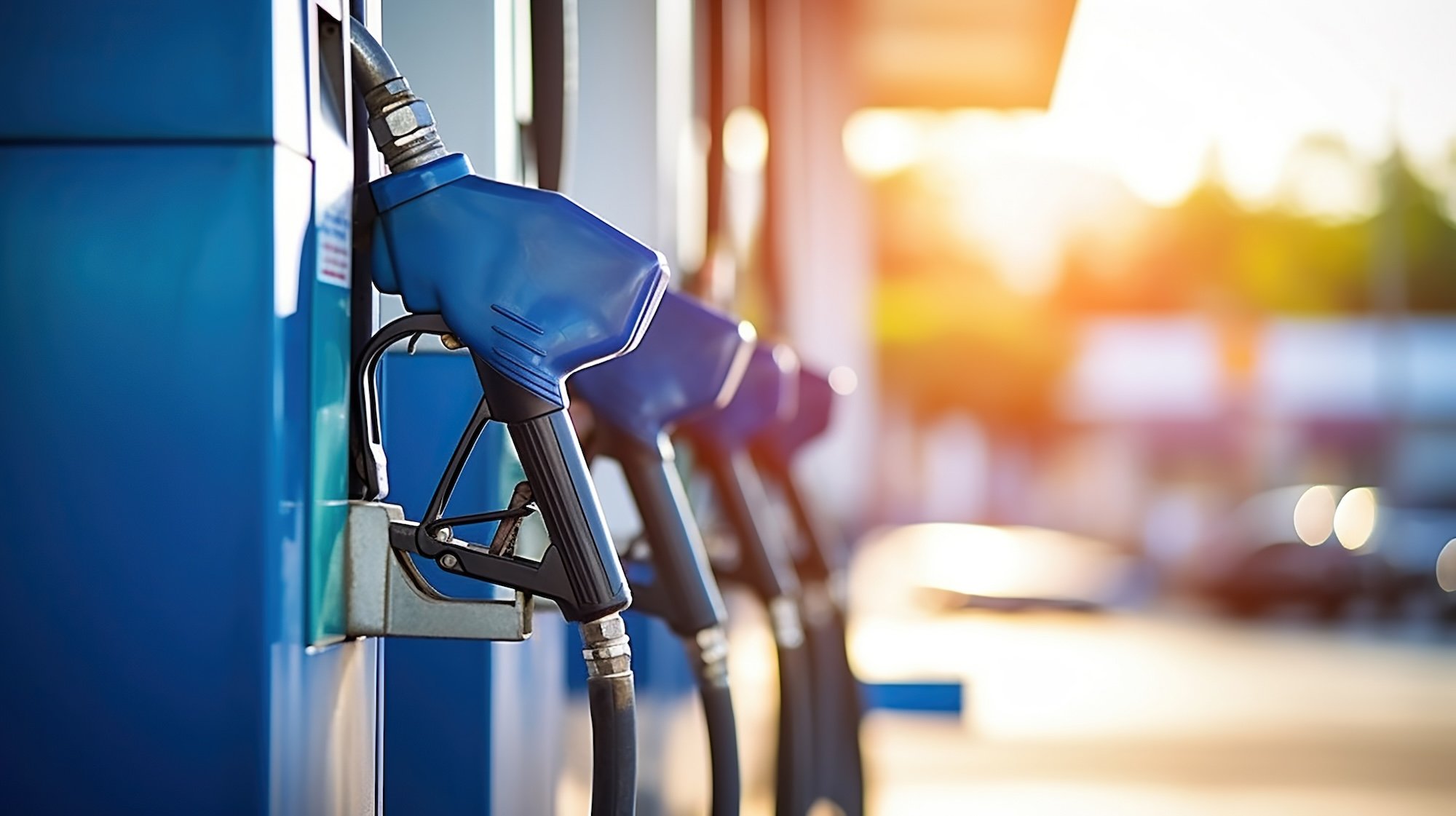Who’s Really Gouging You at the Pump?
New study exposes how California's self-inflicted policies are responsible for high gas prices
A new study by USC Professor Michael Mische found that the factors which have contributed to California’s wallet-shocking gasoline prices are self-imposed by state regulators and politicians. Despite continuous claims of oil company price gouging by politicians, there is now a 200-page report detailing what many Californians have known for years: California's gas price crisis is policy – not profit – driven.
California's love for heavy-handed regulations once again proves to be its own worst enemy.
For decades, Californians have paid more at the pump than anyone else in the U.S., and in 2025, the pain has hit historic highs. On March 11, the average price of gasoline in California hit $4.694 a gallon—more than 52% higher than the national average. In rural Mono County, drivers shelled out $5.82 per gallon, a mind-blowing 89% above the U.S. average. This isn’t a temporary blip from oil executives trying to pull a money grab on Californians’ pocketbooks—it’s a long-standing trend. Since 1995 Californians have paid an average of 13.1% more, according to the study, for gasoline than the rest of the country.
Gasoline in California is weighed down by an alphabet soup of taxes, fees, operation mandates, climate laws and regulations that make fueling up a policy-driven punishment. The average California driver forks over $1.638 per gallon in government-imposed taxes and regulatory fees alone. The state has effectively weaponized the pump in its war on fossil fuels, with onerous climate policies, special “boutique” gasoline blends and new refinery inventory mandates that are strangling supply while demand holds firm.
The result? Refineries are bailing. Just 72 hours after the state passed ABX-1-2 in 2024, Phillips 66 announced it would shut down its Los Angeles refinery, slicing 8.13% off the state’s refining capacity. With no new supply waiting in the wings, prices will only go one way—up.
As California barrels toward its all-electric, no-gasoline 2035 vision, it’s turning its back on in-state oil production (despite having the 5th largest oil reserves in the U.S.) and doubling down on crude imports from countries like Iraq, Saudi Arabia and Brazil. In 1982, California imported 5.6% of its oil. By 2024, that number exploded to 60.7%. That means longer supply chains, more emissions, greater geopolitical risk and higher prices for consumers.
Bottom line? California’s high gasoline prices aren’t corporate greed or a market glitch—they’re a policy choice. Decades of layered climate mandates, aggressive taxation, refinery shutdowns and an unrealistic pursuit of decarbonization have turned California into the most expensive place in the country to fuel up. And with 2035 on the horizon, the price pressure isn’t going away—it’s about to get a lot worse.
Buckle up, California. Unless state politicians can find an offramp, the road ahead will be treacherous and costly.
With fuel costs already straining household budgets, California’s tax and regulation-heavy approach to energy is exacerbating the affordability crisis.
Lawmakers must reconsider the impact of state-imposed costs on consumers and work toward more balanced policies that alleviate, rather than worsen, financial burdens.


